
Building an open source tool for platform engineering? We want to hear about it. This week, we’re kicking off a new series to feature open source projects that can boost your platforms. Tell us about yours here.
Let’s get bakin’ 🥐
OSS Spotlight: Score 🎼
Susa Tünker, Contributor @ Score
As a product manager, I see the release of new functionality being delayed because of bottlenecks in the delivery pipeline. Too often, it’s caused by cloud-native developers struggling with configuration inconsistencies between environments. This is especially true when the tech stack in each environment is different.
For example, if you use Docker Compose locally but Helm Charts to deploy to the Kubernetes-based environment, you have to figure out Docker Compose and Helm and somehow keep it all in sync. The organizations I’ve observed have coped with this complexity in different ways. Sometimes there are a few super helpful people that end up helping everyone that gets stuck. Other organizations make a page on their internal wiki site explaining how to get help. Or they have a full blown ticketing system. These approaches are great coping mechanisms at a small scale. But I wonder if we can solve the underlying problem.
If there was a developer-friendly standard that describes familiar workload-level constructs in a platform agnostic way, perhaps developers could deploy their workloads everywhere more easily. It could ease the requirement for specialized knowledge and operational expertise (in k8s, terraform, helm, etc.), decreasing the risk of wrongly specified or inconsistent configuration. It could act as a single source of truth on how to run a workload.
This is exactly what Score is designed to do. With Score, the same workload can be run on completely different technology stacks without the developer needing to be an expert in any one of them. It clearly defines the relationship between dev and ops: The ops team is given a comprehensive set of configurational requirements which, if met, ensure the workload runs as intended. Code is passed through the fence rather than being thrown over it.
It’s an incredibly exciting project to be part of, and I can’t wait to see where it goes next. If you want to support our mission, check it out on GitHub and become a contributor.
Short on time? ⏳ We got you 🥐😋

🥐 Just starting out on your platform engineering journey? T his article is a great primer.
🥐 The year is coming to an end. Check the key trends for 2023 👇

🥐 Looking into building an Internal Developer Platform? Here are some qualitative and quantitative reasons to make the jump.
🥐 Where would you see yourself in this picture?

🥐 Have you joined the Platform Engineering Slack channel? If not, you're missing out. Here are this week's highlights:
- Follow up on Viktor podcast
- Metrics on Platform Engineering
- A whopping number of job postings (11 since the beginning of the week!)
- Tool for drift detection for kubernetes
This newsletter is a community effort, so if you have anything awesome to share from the cloud-native world, send it our way. You can share your ideas here.
Cya next week!
Stay crunchy 🥐
Luca





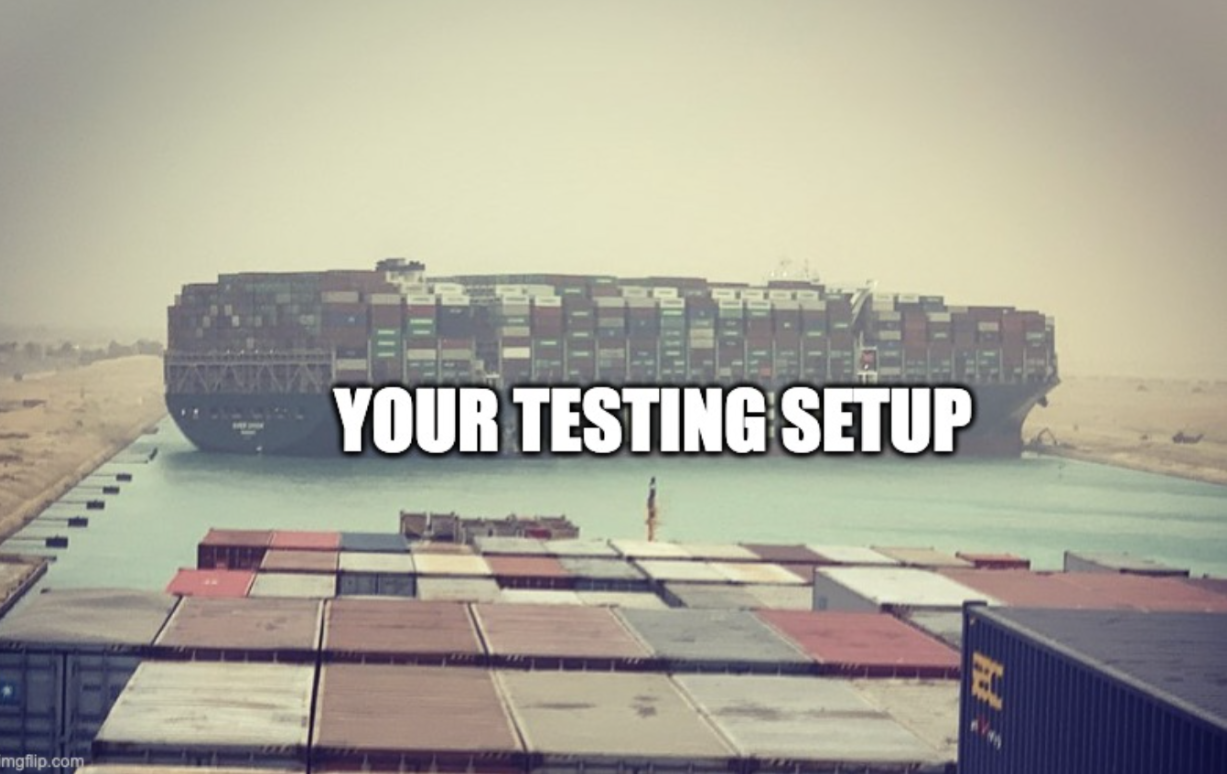



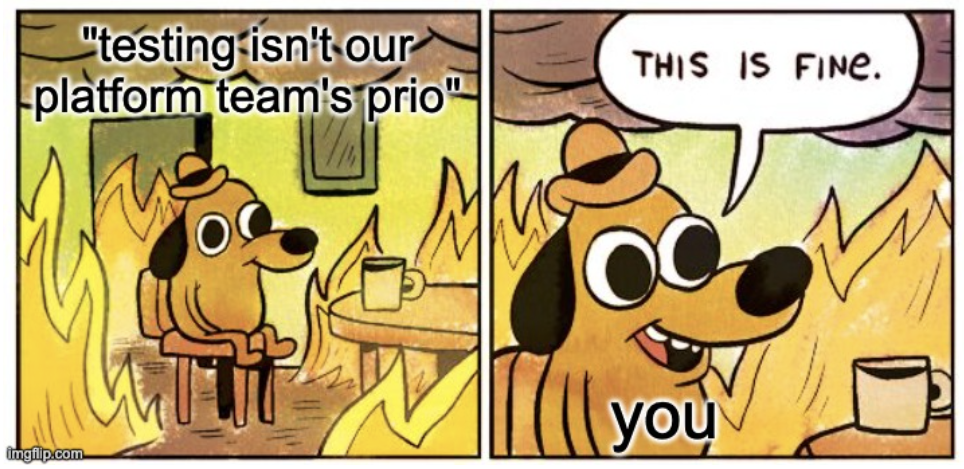
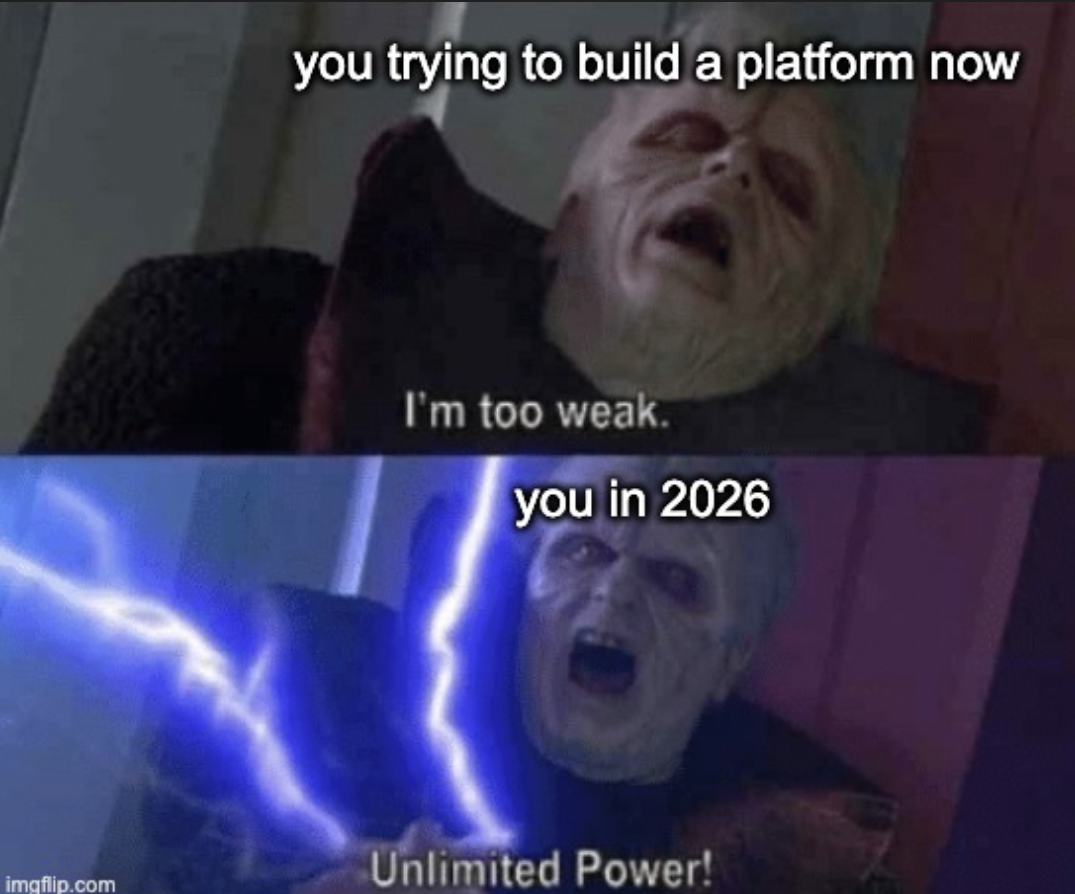




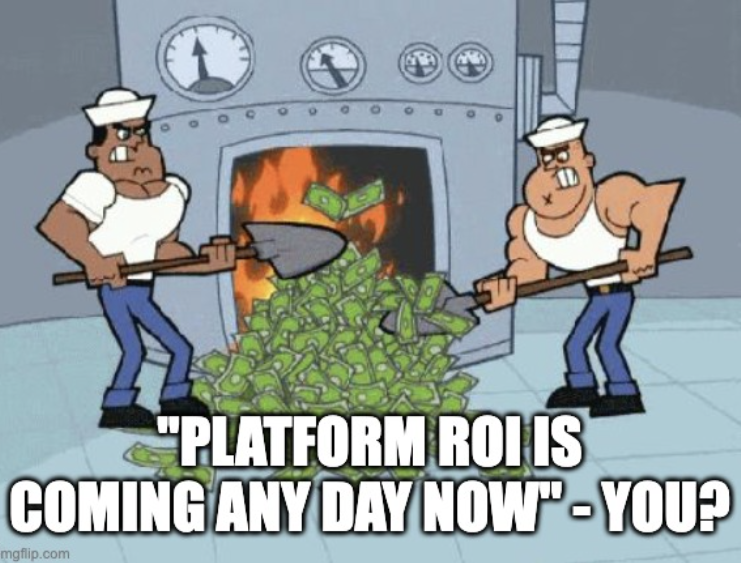

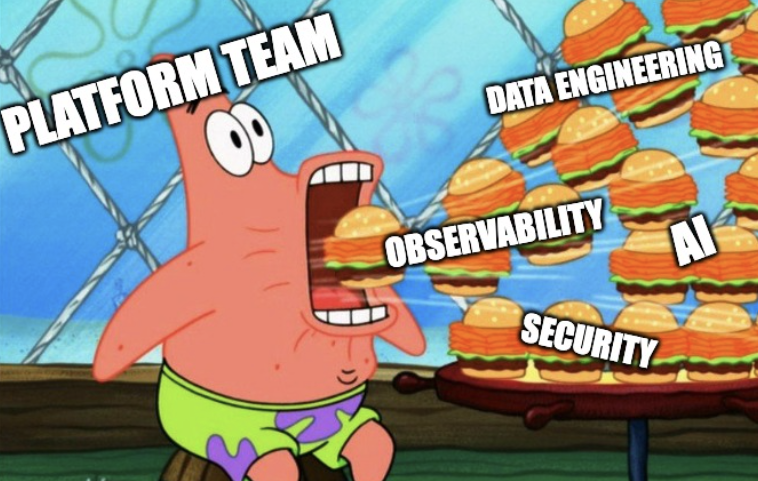





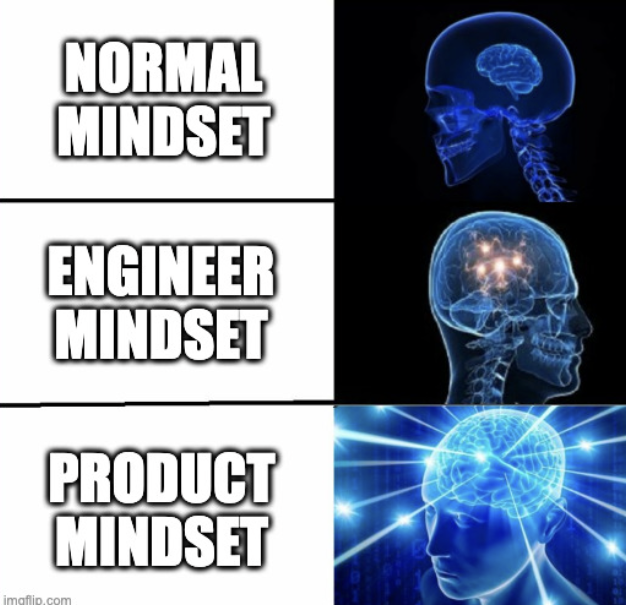
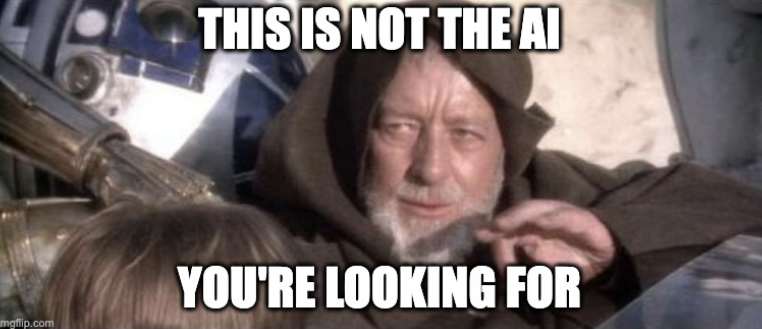


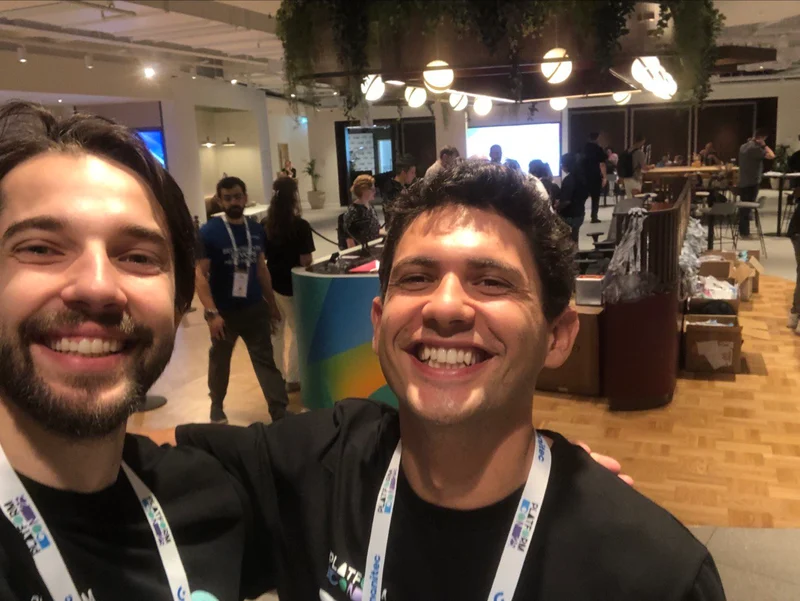

.webp)
.webp)

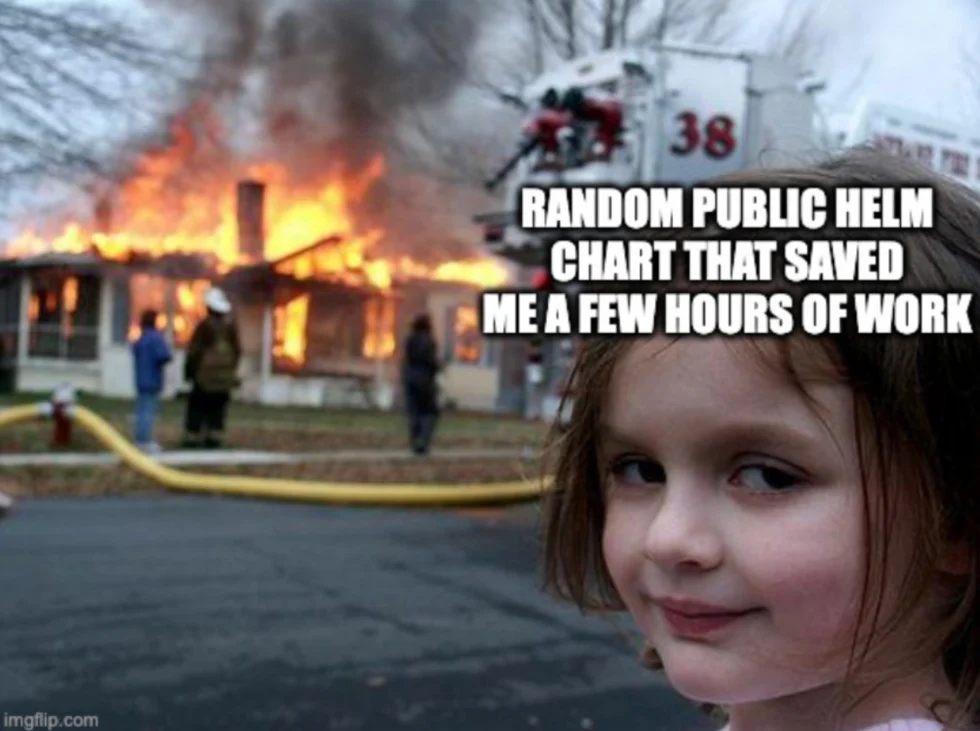

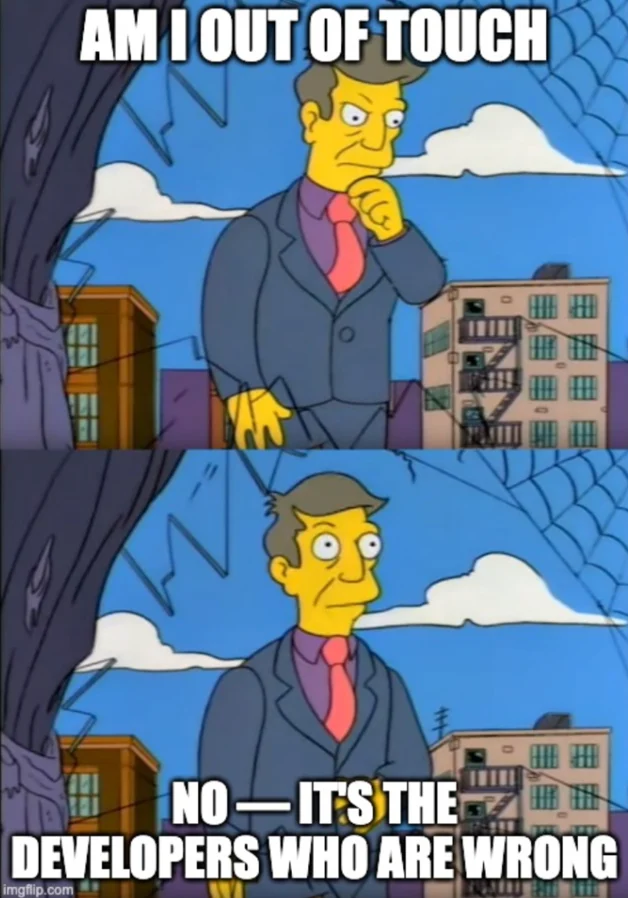
.webp)
.webp)

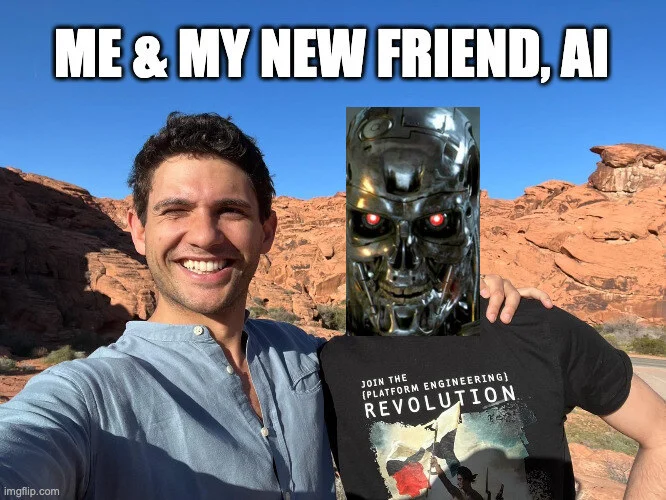
.webp)
.webp)
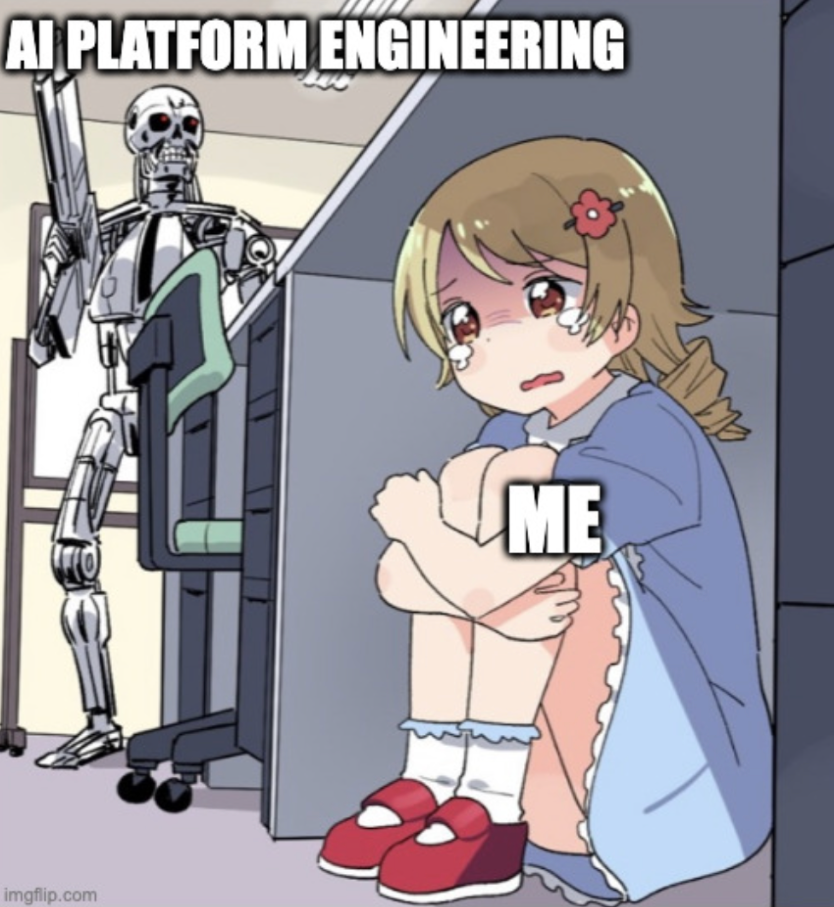
.webp)


-1.webp)














.jpg)
.jpg)
.jpg)
.jpg)
.png)
.jpg)
.png)
.jpg)
.jpg)
.jpg)


.jpg)
.jpg)
.jpg)
.jpg)
.jpg)
.png)
.jpg)
.jpg)
.jpg)
.jpg)
.jpg)
.jpg)
.png)
.jpg)
.jpg)
.jpg)
.jpg)
.jpg)
.jpg)










